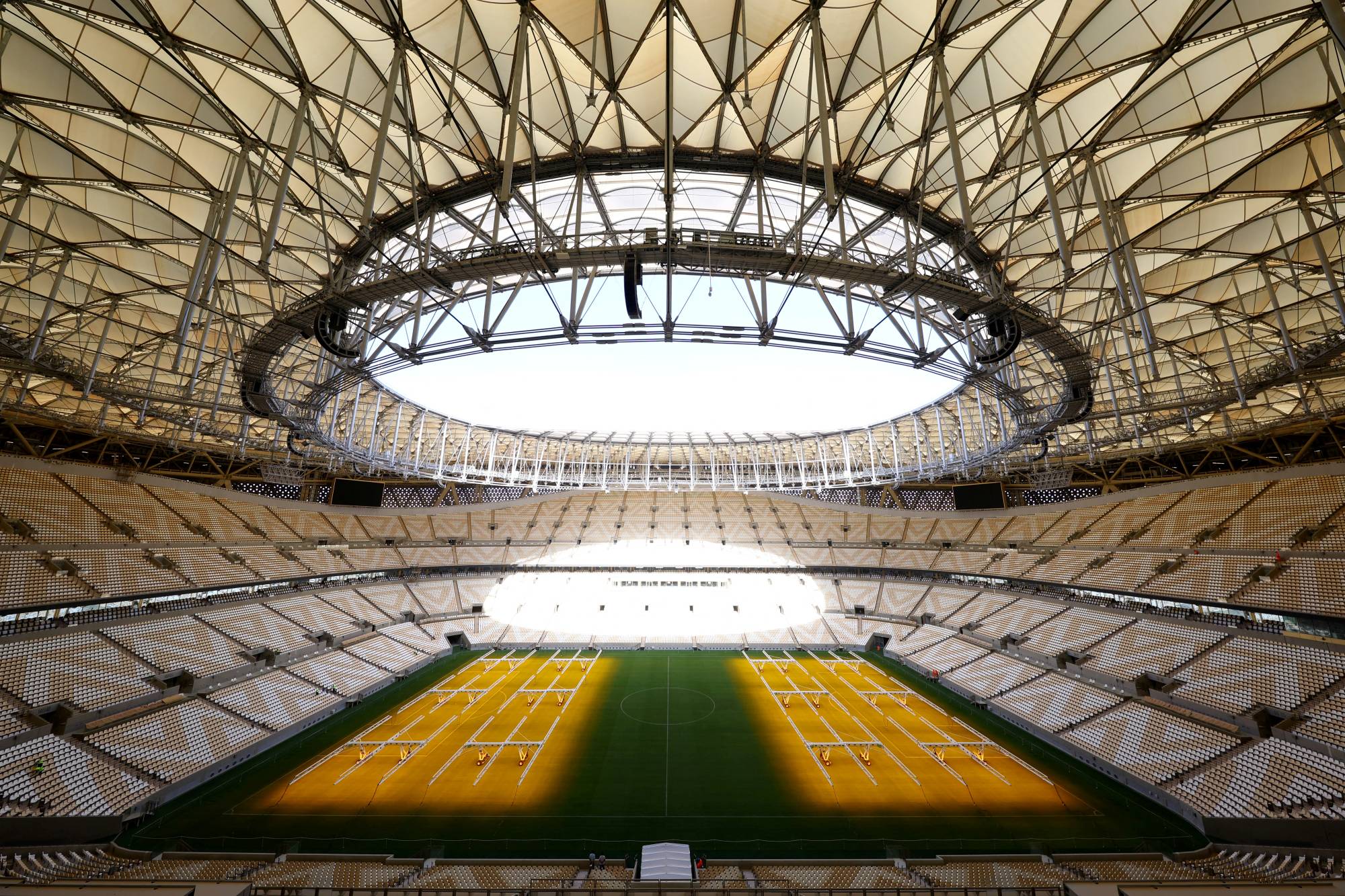Tucked behind Doha's $300-million Lusail Boulevard, where construction workers are toiling to transform a desert into a Champs-Elysees-inspired commercial thoroughfare before the 2022 soccer World Cup, sits a sole convenience store.
With the main stadium, four skyscrapers and apartments designed for some 200,000 people all in Lusail, its manager Younes waits somewhat anxiously behind his till, anticipating a rush of trade when the event finally kicks off in November.
Gas-rich Qatar, in an attempt to emulate the dramatic transformation of Gulf rivals Dubai and Abu Dhabi, has spent at least $229 billion on infrastructure in the 11 years since winning the bid to host the World Cup.


















With your current subscription plan you can comment on stories. However, before writing your first comment, please create a display name in the Profile section of your subscriber account page.